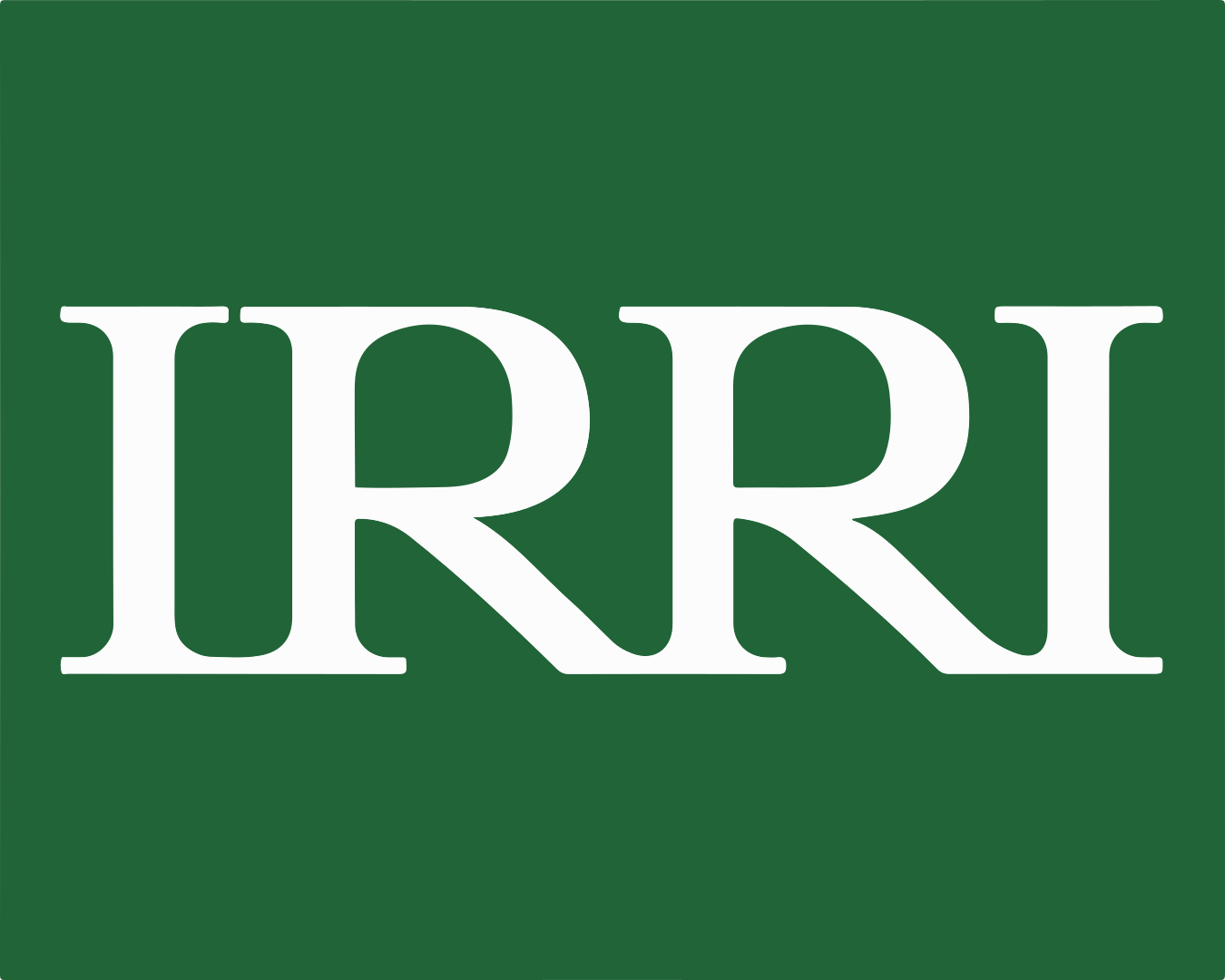Advertisement
Weekly Rice Market
(Indicative Quotes)
Basmati Rice
Basmati Rice | Indicative Quotes | Updated Weekly
Global Market | White Rice
White Rice | Indicative Quotes | Updated Weekly
| Origin | Type of Rice | Variety Name | Broken | Price | Change | High | Low |
|---|---|---|---|---|---|---|---|
| India | Milled White Rice | Long Grain | 5% | $386 | +1 | $496 | $380 |
| Pakistan | Milled White Rice | Long Grain | 5% | $396 | +3 | $640 | $381 |
| Pakistan | Milled White Rice | Long Grain | 5% | $590 | +3 | $613 | $488 |
| Thailand | Milled White Rice | Long Grain | 5% | $429 | +1 | $669 | $399 |
| Thailand | Milled White Rice | Long Grain | 5% | $596 | +1 | $659 | $469 |
| U.S | Milled White Rice | Long Grain | 4% | $677 | 0 | $818 | $675 |
| U.S | Milled White Rice | Long Grain | 4% | $798 | 0 | $798 | $708 |
| Vietnam | Milled White Rice | Long Grain | 5% | $401 | 0 | $657 | $396 |
| Vietnam | Milled White Rice | Long Grain | 5% | $579 | 0 | $667 | $445 |
News

India’s Food-Grain...
Source: Free Press Journal India’s foodgrain production is estimated to have reached 354 million tonnes in 2024-25, which is 6.6 per cent higher than last year’s

Iraq continues ric...
By Susan Reidy BAGHDAD, IRAQ — US rice sales to Iraq have reached 220,000 tonnes for 2025, following delays last season that prevented the nation from fulfilling its memorandum

Cabinet approves F...
The government has approved the MSP for 15 crops, which include rice, jowar, bajra, pulses, soybean, and cotton. While the MSP for nigerseed, ragi, and cotton have been improved

Indian rates stead...
Key points: Ample supplies and expectations of another bumper crop in India kept rice export prices near a two-year low this week, while Vietnam and Thailand saw muted activity.

Japan. “Old-old” r...
Source: IDK. The rice from the state reserves, which Agriculture Minister Shinjiro Koizumi called “old-old”, using the kanji for “old” four times, sold out in about an

P20 rice opened to...
By: Jordeene B. Lagare. Minimum wage earners in the Philippines will be able to purchase cheaper rice a day after Independence Day, according to the Department of Agriculture

Govt approves seco...
TBS Report The minimum export price has been set at $1.60 per kg, equivalent to Tk196.80. The government has approved the export of 5,800 tonnes of aromatic rice in a second

Four million ton r...
Jakarta (ANTARA) – Agriculture Minister Andi Amran Sulaiman stated that reaching four million tons in government rice reserves demonstrates both improved farmer welfare and

Export hopes high ...
Source: Bangkok Post Thailand is promoting its high-quality and distinctive rice varieties, anticipating that the Thailand Rice Convention will secure 100,000 tonnes in orders
Featured Registered Companies
RNT Tube
Japan’s Rice Crisis: Prices Soar Amid Shortages & Inflation!
May 26, 2025
Statistics
Sustainable Rice
Farmers Place
Forex Rates
Open Market Forex Rates
Updated at:
From | ||
|---|---|---|
To | ||
| Countries | Currency | Spot Rate |

Enjoyed the read?
Join our monthly newsletter for helpful tips on how to run your business smoothly








































